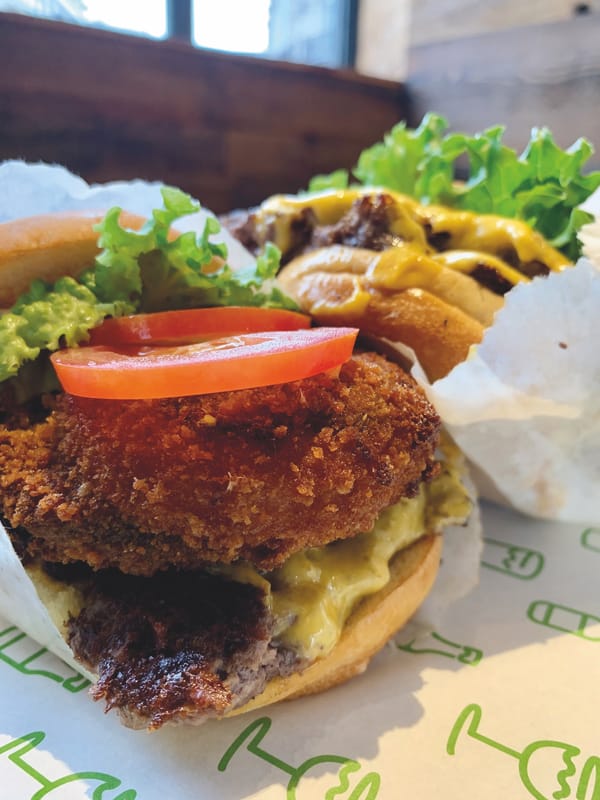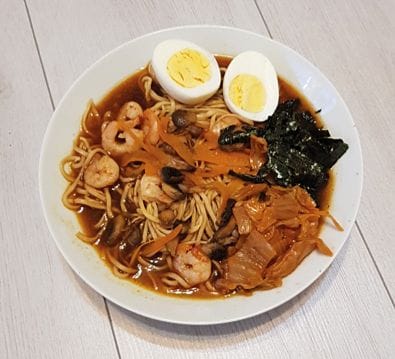The Do’s and Don’t of a Student Christmas Dinner: How to Keep the Festive Mood on a Student Budget

Deck your halls with boughs of holly because Christmas is fast approaching! As everyone knows, the true meaning of Christmas is gorging yourself into a calorie-induced coma. Unfortunately, faced with a student budget and limitations of halls-based kitchen apparatus, recreating this festive moment can seem a daunting task. Well Felix is here to save your bacon (or facon) and equip you with the principles of a perfect Christmas dinner
THE BIRD
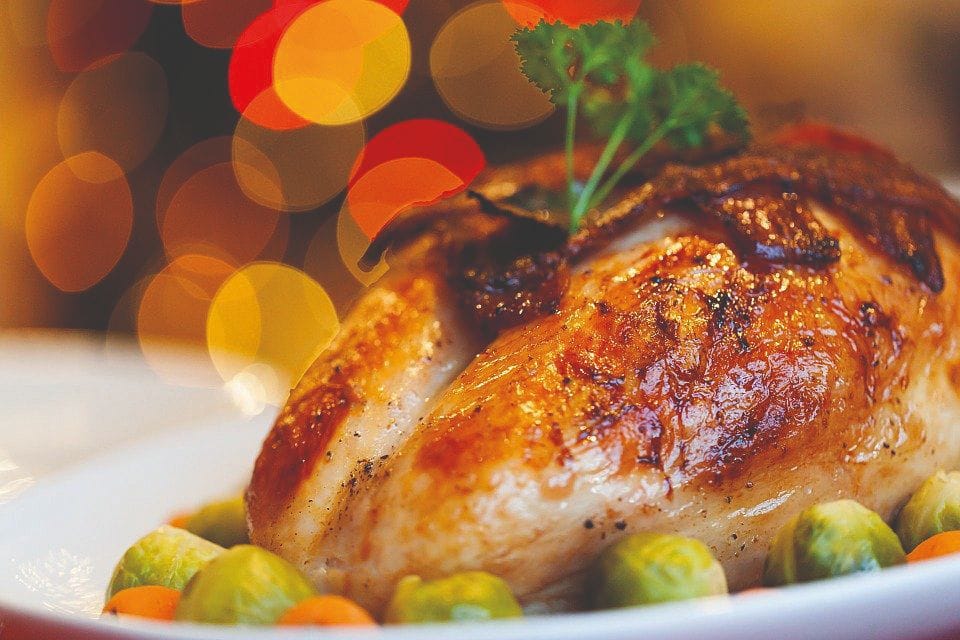
A whole roast turkey is the usual fare for a Christmas dinner but unless you are ready to buy way ahead, have an inordinate amount of oven space, and you don’t mind the lengthy brining and cooking process, I would steer clear. A poorly cooked turkey is way worse than no turkey at all. Similarly, other large birds like geese may be beyond the capabilities of a novice student chef.
Chicken is a safe choice, its relatively bland flesh a good blank canvas for any spice rubs or seasoning mix you want to employ. For larger birds, consider cooking it spatchcock. By removing the backbone and squashing the bird flat, you can season more of its surface and reduce the cooking time! Duck is a good substitute for chicken if you want to go up a level in terms of flavour.
If you’re cooking for a crowd, small birds such as poussin or guinea fowl may be preferred and can be easily sourced from supermarkets. Not only do they cook quicker and give you time to focus on other parts of the meal, they’re also easier to split than carving your way through a single large bird and trying to divide up the spoils evenly.
Seasoning and flavouring is up to you. A simple rub-down with olive oil, salt, and pepper before cooking will suffice for most but if you want to ensure loads of flavour and plenty of crispy skin, I recommend a dry brine. Dry brining is basically salting the meat in advance to impart flavour and draw out some moisture. Rubbing the bird all over with salt and some sugar before placing in the fridge (overnight for a large bird or a few hours for smaller birds) can make a world of a difference in the finished product. Before roasting, just rub some butter, thyme, and crushed garlic and you’re all set to go.
In terms of actually cooking your bird, the instructions on the packaging will do a pretty good job in telling you how long the meat should take to cook. Obviously, a food thermometer would be handy in making sure you have a perfectly cooked bird all the way through but simple tricks like stabbing to the bone and watching to make sure the juice runs perfectly clear will work for most cases. And if the meat is unfortunately still pink in the middle after carving, you can always just return it to the oven for another half hour or (in a pinch), pop it in the microwave.
NON_BIRD CENTREPIECE
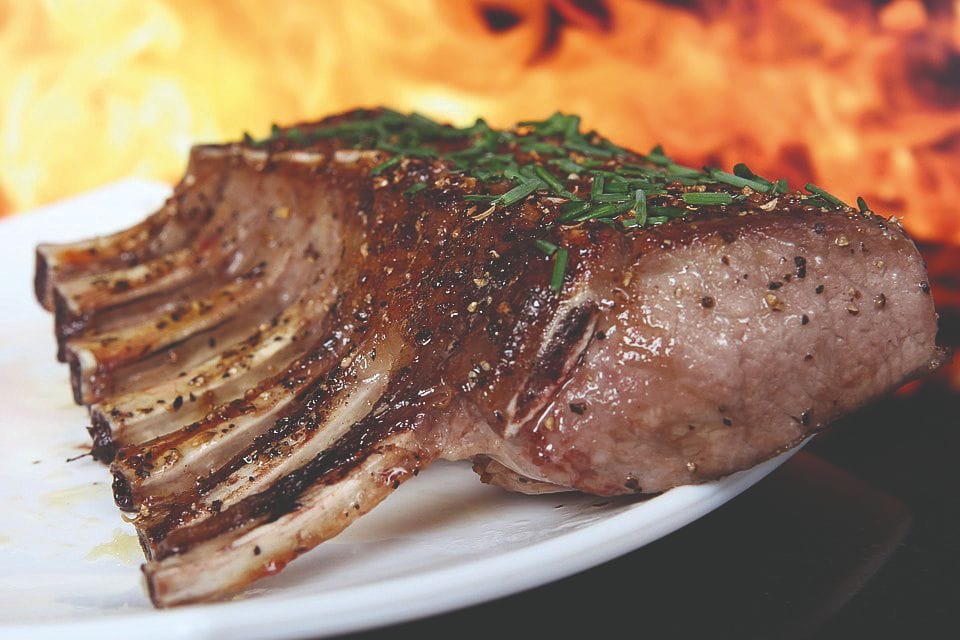
I have to confess at this stage that I don’t believe in Christmas dinners without a bird at the centre. But for the ornithophobes out there, we have a couple of options. A whole roast ham can be a good shout but a good cured, smoked bone-in ham can be difficult to find at the best of times. To be honest, any roast meat will do but I find that beef is too fiddly for an already stressful venture. If you’re up for the challenge, a rack of ribs (beef or lamb), are a fancy and relatively inexpensive addition to the table.
For the vegetarians, the much-maligned nut roast is an option for sure (check out Felicity Cloake’s Guardian article, How to cook the perfect nut roast) but there are definitely better options out there. While a mushroom wellington or similar vegetables-in-pastry are a delicious treat, making one from scratch can be difficult and ultimately risky (pastry may fail, vegetables may release too much steam or stay undercooked). A simple alternative is a roast gourd like a lovely stuffed and roasted butternut squash. Easy to do with minimal prep, a drizzle of olive oil and some seasoning along with a healthy topping of quinoa, pine nuts, and peppers may be all you need to make a beautiful rainbow-coloured main.
POTATOES
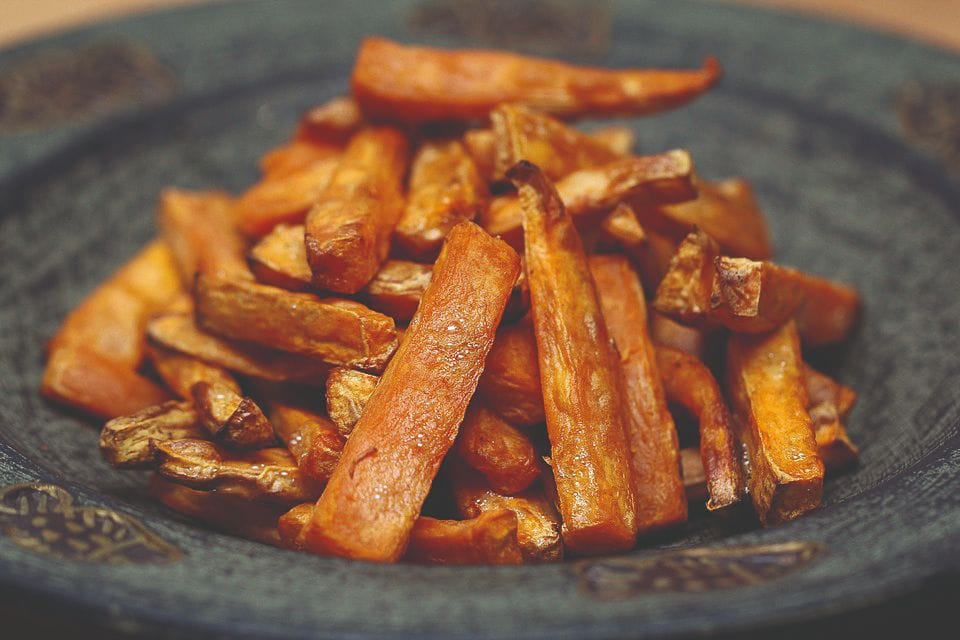
The only acceptable form of starch for this dinner is potato. And a good roast potato is important to master for any other roast dinners you may want to make going forward. The potato choice is important as you want something nice and starchy to crisp in the oven. You’ll see all sorts of potato varieties mentioned online but faced with a Sainsbury’s Local, you’re not likely to be faced with an overwhelming amount of choice. For your purposes, anything that isn’t a new potato or salad potato will serve you well. Just remember to give the potatoes a good shake in a colander after parboiling to give you the rough edges for browning in the oven.
Mashed potato is also a good choice, especially with limited oven space. You can play around with textures by adjusting the amount of milk or cream you add. Just remember to salt liberally and use an excess of butter. Top with some parsley to add some colour to the dish.
VEGETABLES
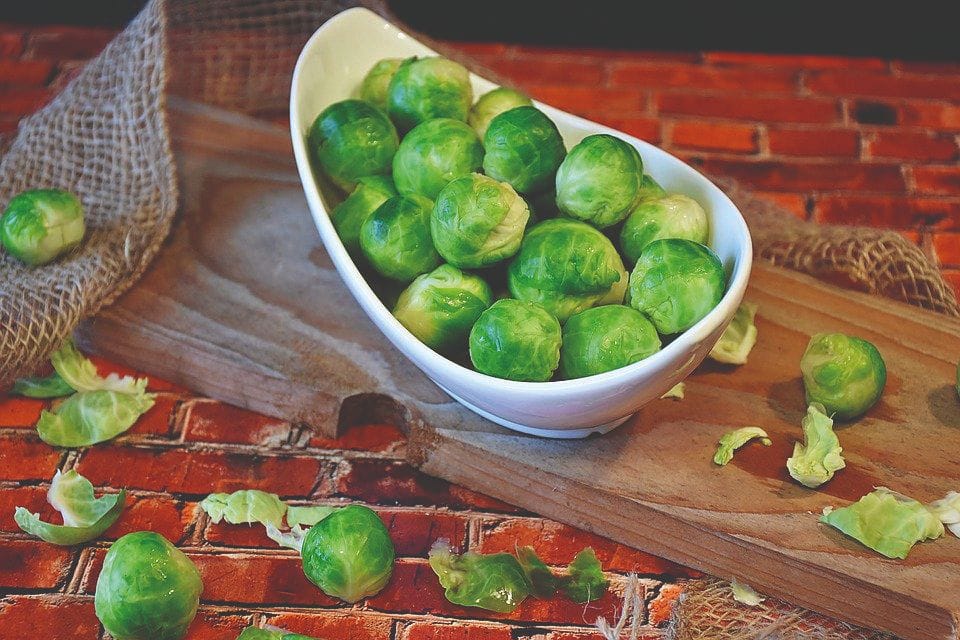
Brussel sprouts get a lot of hate but that’s only because it’s usually cooked poorly. A well-cooked side of brussel sprouts is a thing of wonder. I like to render some bacon lardons (or pancetta if you’re fancy) and then throw in my brussel sprout halves, letting them fry without disturbing them so they can develop a delicious char. Seasoned with fennel seeds and a pinch of paprika, these brussel sprouts will really change your world for the better.
Carrots and parsnips are also pretty traditional and I like to cut them into sticks and roast them with a honey glaze. Peeling a mountain of carrots and parsnips with friends can prove surprisingly fun if you have the right festive atmosphere going. Treat yourself to some carrots by dipping them in hummus for a snack because preparing all this food will definitely make you peckish but you don’t want to fill up before dinner.
OTHER SIDES
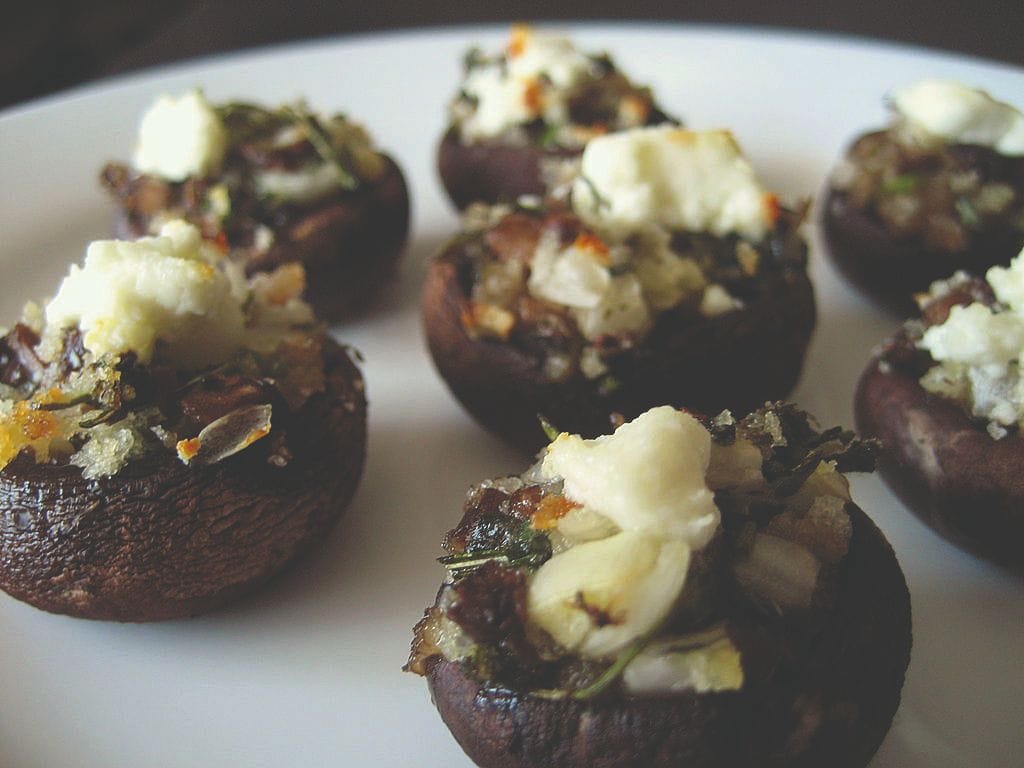
What takes a good Christmas dinner to a great Christmas dinner is the variety and quality of sides. While it may impress your guests to make everything from scratch, we feel that this is where you can slack off and seek help from the supermarket overlords. Pick up a packet of pigs in blankets or paxo stuffing - honestly, it tastes fine and is just so easy to make.
This is truly where vegetarians can rejoice as well. Let your imagination run free! Stuff those mushrooms with cheese and top with breadcrumbs or stick some peeled-and-halved onions in the oven while you’re roasting your main to get a sweet and unctuous caramelised onion. Toss some chopped-up walnuts with apple pieces along with nutmeg and other christmassy spices for a festive salad or, to go full fancy, do a baked apple with chestnut and sage.
DESSERTS

Now it’s time to finish the night off on a high note. If you’ve followed our advice, there should be a sea of unbuckled belts and undone buttons just under the table. As tempting as it is to end with a bang, now may not be the best time to flex your triple chocolate cake recipe. Fruit-centred treats are the more suitable choice after such a filling meal.
An apple crumble is a tried and tested hit in situations like this. They are easy to make from scratch and also work great as comfort food after one too many plates of seconds. Just make sure you have custard. Lots of custard. Don’t bother making from scratch, there’s a pre-made custard for every budget out there and now’s not the time to risk making sweet scrambled eggs by accident.
Sometimes it’s best to keep it simple and just go with a fruit salad and bring out the cream. You’ve been slaving over a hot stove all day so this would be a dream to make and consume.
Of course, we’ve got to mention the traditional desserts like Christmas pudding or a decorated yule log (think giant mini-rolls). These are delicious but difficult to do right. If you really want to attempt these, make in advance! I would warn against making Christmas pudding purely because you’ll have to buy extra equipment which rarely comes in useful otherwise.
DRINKS

There are two drinks synonymous with Christmas in England: eggnog and mulled wine. Because I’m not a massive fan of wine, I don’t have much to say regarding the latter. The former, previously known as “milk punch”, requires careful cooking. A mixture of hot milk steeped in spices is slowly added to egg yolks beaten with sugar to temper the eggs and the resulting liquid has to be heated (but never boiled). Although a little bit annoying to make, it’s a decadent treat for Christmas. Just make sure to add a generous amount of cinnamon and ginger to either recipe to warm everyone up because baby, it’s cold outside. You see what I did there.
Other than that, you can have any drink you’d like. Just remember you’re in halls and no one wants to be subject to a Jägerbomb-fuelled rampage in the corridor!




